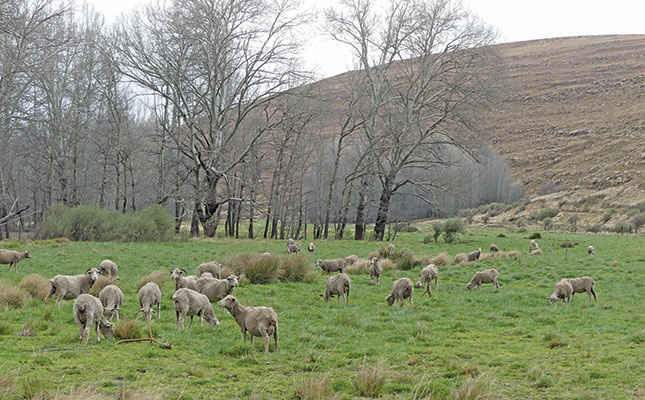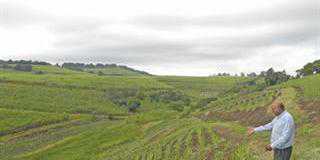
Photo: FW Archive
Succession planning is crucial to the long-term success of a farming business, and should therefore be a major component of the operation’s strategic plans. Yet all too often it is not.
One reason for this is that it can be overwhelming to get started, so many farmers end up failing to clearly identify a successor or create a properly thought-out handover to the next generation.
Logical steps
Think of succession planning like producing a crop: it does not happen overnight and requires many small steps from seed to sale. Here’s a plan of action to get you going:
Schedule a family meeting
Succession planning requires input from the entire family, including current farm partners, as well as your children and their spouses. The process should get under way with a series of conversations, and during these you should talk about your target retirement date (even if it is a decade or more down the road), as well as your goals for the future of the farm. Understanding how each stakeholder feels about passing the farm on to the next generation is an essential first step in succession planning.
Assemble your team
It is always best to use experts to facilitate the process. They will also offer advice on the legal and tax implications of various decisions. One of the many advantages of having such a team is that you will gain access to the different options available and the best ideas. Make sure to choose advisers you like and respect, and who work well together, and prepare to have them involved throughout the process.
Establish goals for succession
Set a target date for retirement and the steps that need to take place between now and then. These might include the phased transfer of labour, management and assets; training/mentoring the next generation; a financial plan (to fund retirement); and plans for contingencies that might arise between the establishment and execution of the succession plan.
If you want your farm to continue operating after you retire, it is important to consider your ultimate goals for the operation. To begin with, though, you will need to make sure that such a transition is possible and has a good chance of success.
Ask the stakeholders (current partners, farming and non-farming heirs) about their goals for succession. If there are significant discrepancies, take time to work them out. Disagreements can cause considerable stress, conflict and sometimes long-lasting rancour in a farming family.
Make a list of assets
As part of the transfer of ownership from one generation to the next, it is important to know which assets need to be accounted for as part of the purchase/sale, or included in the trust or gift.
In addition to listing assets, include a note on whether you own 100% of these assets, or whether any partners or shareholders own a portion of them. This information should be shared with the advisory team, who will use it to create a plan for transferring assets to the next generation.
Your list should also include non-farm assets, including retirement accounts, rental/vacation properties, and insurance and investment vehicles not tied to the farm. Most farms are asset-rich and cash-poor, and you therefore need to know what you own, both on and off the farm, in order to plan for the future.
Make a list of debts
Debt is an important element of succession planning. If assets are still being financed, you will need to put a plan in place to pay them off or establish financing agreements for the next generation to take over the debt.
There is another good reason for assessing the overall financial health of the farm. In a
debt position or depressed market, the farm may be a liability to the next generation, rather than an opportunity. If the debts are worth more than the assets, you will have to ask whether the farm is worth passing on.
Gather existing documents
To obtain a complete picture of the farming operation, your advisers will want to know which documents exist as a starting point for succession planning. Assemble the documents of any shareholder agreements, life insurance policies, wills or trusts, powers of attorney and healthcare directives for the team to review and update if needed.
If you have a previous and/or outdated succession plan, include it as well; this may need to be reviewed. Your updated plan will also need to be reviewed regularly to reflect your current goals or regulations.
Agree on a timeline
Transfer of ownership and assets from one generation to the next doesn’t happen overnight. As part of the planning process, agree on a tentative timeline for succession. It can take as long as a year to get a succession plan in place and up to a decade to fully execute the plan! So it makes sense to start early.
Establish a realistic timeline, and plan to do a little at a time in conjunction with your advisers, who will help make recommendations for the optimal transfer of assets and operations. Rushing to complete a succession plan can lead to financial loss, or worse, family conflict and crisis.
Take action
Once all the pieces are in place, work with the team of experts to begin implementing your succession plan. This can be one of the most difficult steps to take; people get stuck at the implementation phase. To prevent the succession plan from continually being placed on the back burner, allow the most passionate member of the family to take the lead and drive the process.













